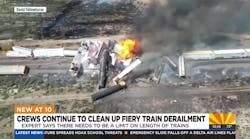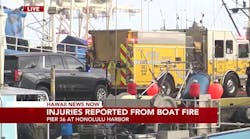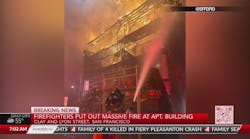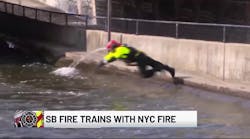The use, sale and possession of cannabis (marijuana) in the United States is illegal under federal law. However, some states have created exemptions for medical cannabis use and decriminalized non-medical cannabis use. In Alaska, Colorado and Washington, the sale and possession of marijuana is legal for both medical and non-medical use. In Oregon, legalization of marijuana is pending, and in Washington D.C., marijuana is legalized for personal use but not for commercial sale.
The same applies to our neighbors in Canada, but there are no provinces where the sale and possession of marijuana is legal for both medical and non-medical use. There are, however, federally regulated private-licensed marijuana facilities in existence. In British Columbia, for example, there are approximately 14,000 medicinal marijuana grow-ops that are now in jeopardy of closing and being taken over by the federal government. This means that the small, independent horticulturists will dig deeper into basements, rental homes, Quonset huts, barns or whatever suits them so they can create a grow-op for the purpose of growing their own marijuana.
For law enforcement officers using thermal imagers (TIs), this can have implications for appropriately establishing probable cause. For firefighters, the relevancy is when one of these grow-ops catches fire. When that happens, it becomes the responding fire department’s problem.
A possible scenario
A scenario involving a fire at a grow-op might evolve like this. Engine, rescue and ladder companies are called to a scene, responding to a report that visible smoke is showing from a single-family dwelling. As units arrive on the scene and prepare to attack the fire, a firefighter grabs the TI off the truck and performs size-up. Using the TI, he starts at the roof level, checking the chimney, vents and eaves before working his way to the attic and walls, including doors and windows. He checks the crawlspace and basement areas and dryer vent locations. The readings from his TI alert him to an excessive amount of heat coming from the chimney, vents and basement area. As he compares these heat signatures to neighboring structures, he begins to suspect there is more involved here than a typical fire.
The engine company notifies the utility company and police department, which are dispatched to the scene. Now suspecting a grow-op fire, the police advise the fire crews of the potential risks associated with this structure, such as fortified doors and windows, booby traps or unknown hydro sources from bypassing the meter or generator.
The firefighting crews proceed with caution as they begin suppression while using the TI to safely navigate obstacles, such as low-hanging wiring and ventilation duct work, which can cause firefighter entanglement. The crews suppress the fire and conclude that the cause of the fire is electrical—the number one cause of fires in grow-ops.
Unique hazards
Firefighters put themselves in danger every day when responding to a call, but when fighting a grow-op fire, there are unique and increased risks:
- Electrocution
- Entrapment and Entanglement
- Weakened Structures
- Toxic and Explosive Gases
- Booby Traps
- Blocked Egress and Access
Some of the clues firefighters can look for when they suspect a grow-op fire include excessive heat emanating from the basement or crawl space areas, ventilation duct work (dryer), and chimney and roof vents. This heat is created by the sodium vapor bulbs used in grow-op structures; the bulbs can range from 250 to 1,000 watts. In a larger grow-op, the heat generated from the bulbs can be massive and can be readily discerned from an exterior size-up.
When investigating or performing fire attack, firefighters must be mindful of these possible hazards, as they pose risks not normally encountered in structure fires. Knowing that electrocution is the most common risk, firefighters should be particularly mindful of bypassed wiring from other sources punched into a basement wall.
In sum
Legalized or non-legalized marijuana most likely is growing somewhere in your community. When firefighters respond to a fire, there is usually no readily observable sign telling them this could be a grow-op structure. Unfortunately, the risks to firefighters are much greater if the fire is in a grow-op structure. Using a TI in size-up and understanding basic clues can help minimize the risks associated with fighting a fire of this nature so everyone goes home safely.






